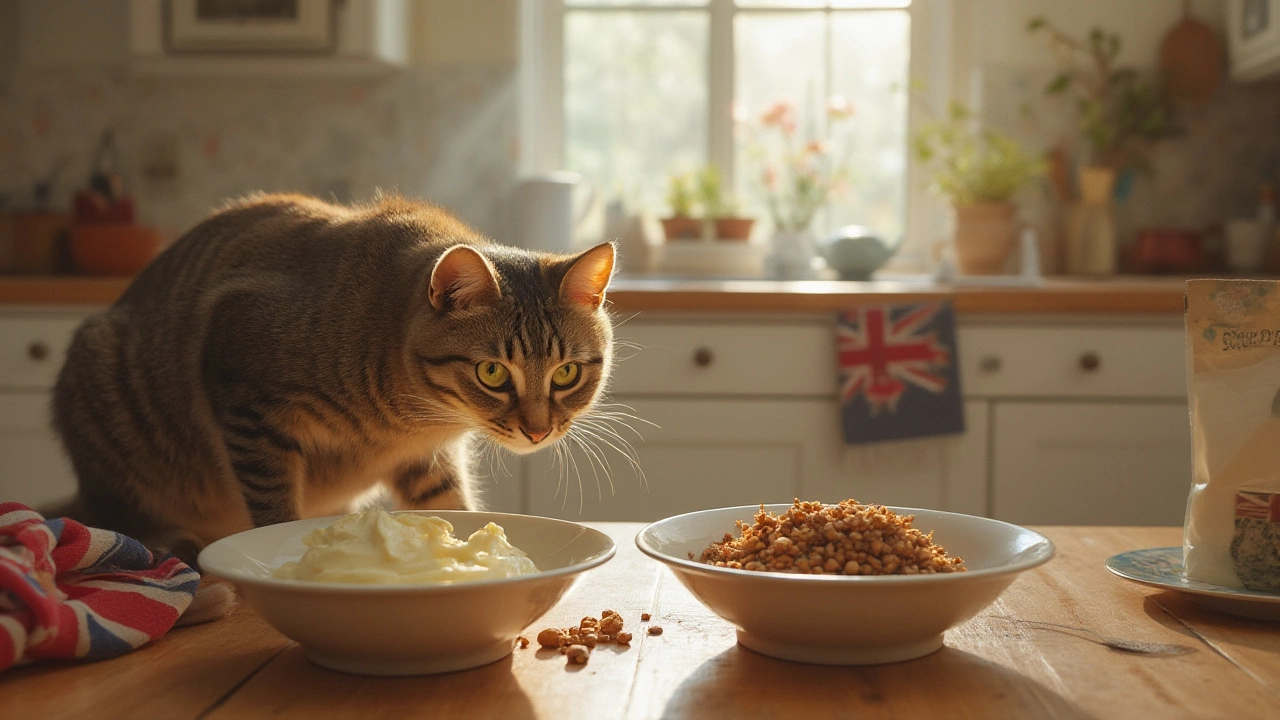Cat Feeding Tips: Simple Advice for Happy, Healthy Cats
If you’re wondering how to feed your cat right, you’re in the right place. Cats have unique needs, and getting the basics down can mean fewer vet trips and a calmer house. Below are practical tips you can start using today.
Choosing the Right Food
First, look at the label. A good cat food lists a high-quality animal protein as the first ingredient – think chicken, turkey, or fish. Avoid products that start with grains or plant stuff; cats are obligate carnivores, so they thrive on meat.
Match the food to your cat’s life stage. Kittens need more calories and nutrients for growth, while seniors benefit from softer kibble and added joint support. If your cat is overweight, pick a formula with fewer calories but the same protein level.
Don’t forget about moisture. Cats naturally get most of their water from prey, so dry kibble alone can lead to dehydration. Mixing wet food or offering a water fountain can raise intake without extra effort.
Feeding Schedule & Portion Control
Most cats do best with two meals a day. Split the daily portion into breakfast and dinner, and keep the times consistent. This routine reduces begging and helps maintain a steady metabolism.
Measure each serving. It’s easy to overfeed when you pour straight from the bag. Use the feeding guide on the package as a starting point, then adjust based on your cat’s weight and activity level. A quick way to check is to feel the ribs – you should feel a slight outline without a thick fat layer.
If you prefer free‑feeding, use an automatic feeder that dispenses set amounts. This prevents your cat from snacking all day and keeps portions accurate.
Watch for signs of hunger or fullness. Cats often paw at the bowl when they’re still hungry, but a cat that walks away after a few bites is usually satisfied. Adjust portions if you notice consistent leftovers.
Keep treats small and occasional. Treats should be less than 10% of daily calories. Using a piece of cooked chicken or a commercial cat treat can be a good reward without overloading calories.
Finally, monitor your cat’s weight and health. A quick weekly weigh‑in on a kitchen scale can alert you to changes early. If you see sudden weight loss or gain, talk to your vet and review your feeding plan.
With the right food, a steady schedule, and a bit of observation, feeding your cat becomes a simple, stress‑free part of the day. Your feline friend will thank you with purrs, playful antics, and a shiny coat.
Pate vs Shredded Cat Food: Which Texture Is Best for Your Cat?
Get the real story on pate versus shredded cat food. Learn what makes each texture unique, how cats react, and tips to make the healthiest choices for your furry friend.
